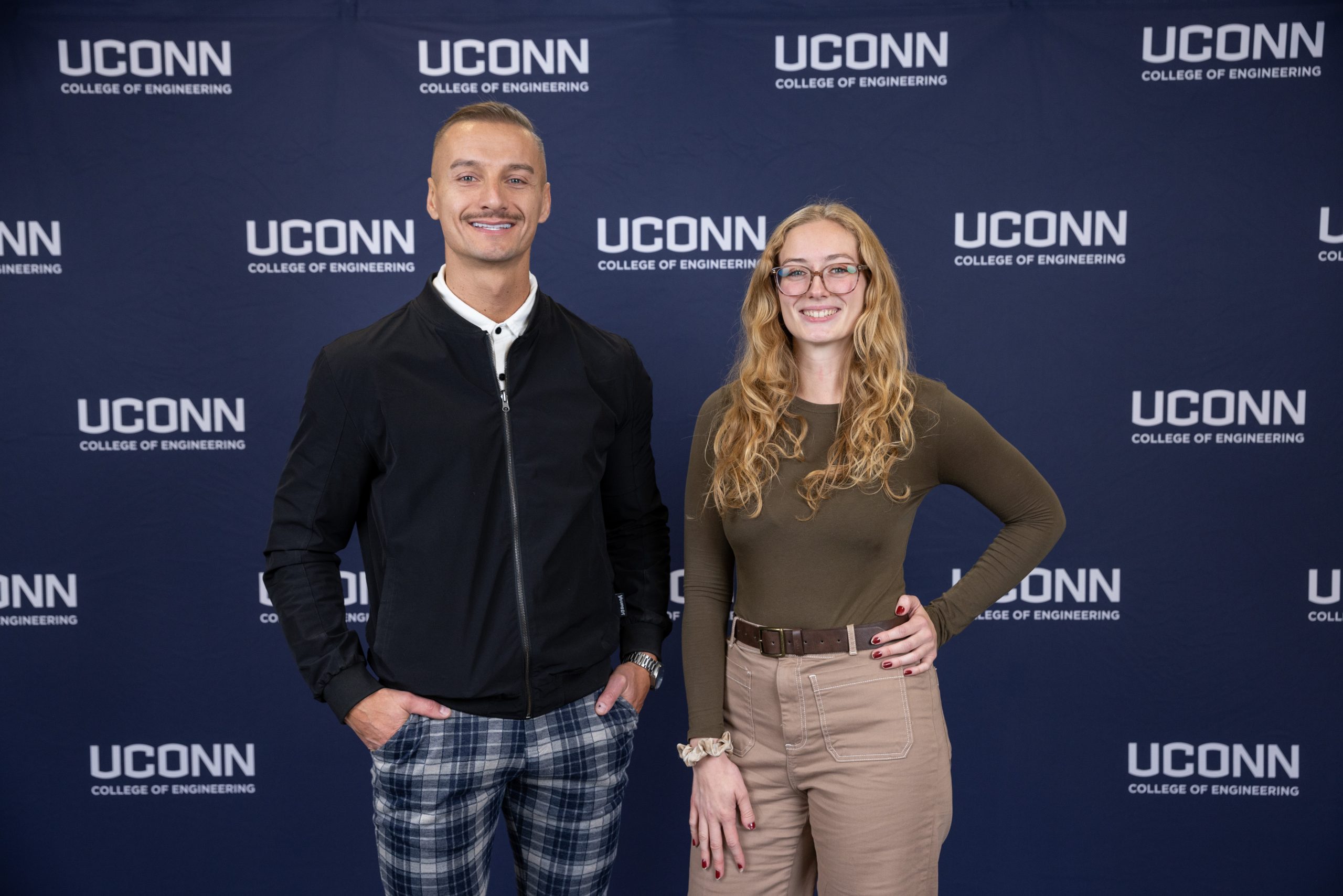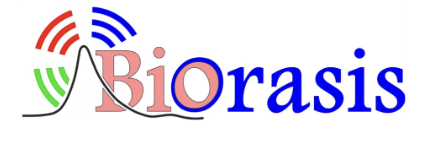
Team 12
Team Members |
Faculty Advisor |
Witold Klos |
Yishu Bai Sponsor Biorasis |
sponsored by

Continuous Glucose Monitoring (CGM) System
This project allowed our team to work with Biorasis on improving their fully implantable Continuous Glucose Monitor (CGM) device that has the potential of changing lives around the world. The miniaturized implantable device is powered by an integrated silicone solar array which generates voltage from a series of nine infrared light emitting diodes (LEDs) located on an external wearable device (proximity communicator). The power supply of the wearable device is a 800 mA/hr, 3.7V Lithium-Polymer battery pack used to power the LEDs as well as other systems used to receive optical signals at various frequencies that correspond to blood glucose molarity levels. Our ECE team was tasked with improving the power efficiency of the system by designing a pulsing algorithm that controls the duty cycle of the LEDs. Once embedded onto the microcontroller of the wearable device, the algorithm will allow us to see how power consumption is affected as we vary the duration of the LEDs’ on/off states. Each duty cycle was tested extensively in a laboratory setting to ensure the accuracy of the implant's frequency output within 5% error. This solution allowed for significant improvement in power efficiency and increased battery life of the wearable device while maintaining accurate blood sugar level measurements collected in real time. PCB design, layout and fabrication of the Arduino UNO microcontroller "breakout shield" were completed to allow for interfacing the Arduino UNO board with Biorasis ASIC and sensor electrodes.
